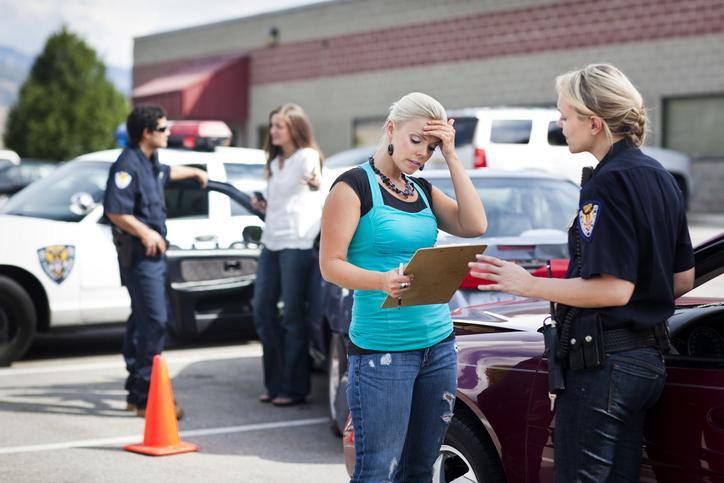
- posted: Mar. 15, 2023
- Personal Injury
California law provides for determining liability in automobile accidents based on a pure comparative negligence system. That is, a party who is at fault for the collision is responsible for compensating those injured, but only up to the degree of that party’s fault. As such, the drivers involved in an accident may share in the liability for damages.
Under state law, the percentage of liability for each party may be apportioned in any manner the judge or jury finds appropriate based on the facts of the case. When two or more parties are partially liable for causing the accident, the compensation claims are reduced by the claimant’s own percentage of fault.
For example, suppose that a driver injured in a two car accident incurs $100,000 in damages. The other driver was 75 percent at fault while the injured driver was 25 percent responsible for the collision. In this scenario, the injured driver’s damages from the other driver would be reduced to $75,000.
In California, a driver can be found at fault in two different ways: either ordinary negligence or negligence per se. Ordinary negligence is when a person fails to exercise reasonable care to prevent harming others. Negligence per se, also known as statutory negligence, involves violating a specific law.
Ordinary negligence is based on a common law standard of care — that is, the behavior one would expect from a rational and reasonably prudent person is the standard. The judge or jury is tasked to determine what a reasonably prudent person would have done under the same circumstances. If the defendant driver’s conduct did not meet the reasonably prudent person standard, then there is negligence. If this negligence was the cause of the accident and consequent injuries, then the offender must pay accordingly.
Negligence per se occurs when a driver violates one or more sections of the state vehicle operating code. Examples include speeding, failure to yield and reckless driving. When a person involved in an accident is in violation of a statute or regulation, they are presumed to be at fault. In essence, the burden of proof shifts. The violator must prove that he or she did not cause the accident. Absent such proof, the driver who violated the statute or regulation is deemed at fault.
Any finding of liability in an automobile accident must be based on evidence, which can originate from a variety of sources. These include:
- Police accident and investigation reports
- Traffic and other surveillance cameras
- Witness statements from people who saw or who were involved in the accident
- Expert witnesses who evaluated physical or other evidence from the accident scene
- Insurance adjuster or insurance investigator reports
Favaro, Lavezzo, Gill, Caretti & Heppell, PC is a general practice California law firm with offices in Fairfield and Vallejo, serving the North Bay area. If you have been injured in an automobile accident, contact us online or call 707-674-6057 for a consultation.


